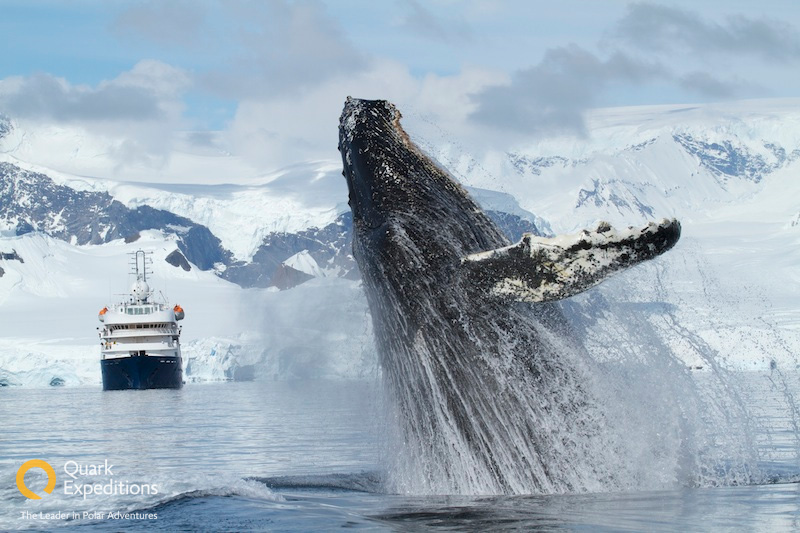
Whale watching safari in Antarctica
- Call Us : +91 9283190875, +91 7358276375
- INR
- Contact Us
- Follow us
One of the highlights of an Antarctic holiday is the opportunity for whale watching on a grand scale. There are eight species of whale found in Antarctic waters, the Blue, Fin, Humpback, Minke, Orca, Sei, Southern Right and Sperm. Of these, the most impressive is the Blue Whale, weighing in at over 130 tons, the largest mammal ever to live on the planet and now gradually recovering in numbers after being nearly hunted to extinction. When to Visit Antarctica for the best Whale Watching Jake Morrison, Operations Manager at Quark, recommends the mid-to-late Antarctic season as the optimal time for viewing active whales. “Mid-February to mid-March is really the ideal time to visit Antarctica if you have a great interest in whale watching expeditions,” he says. “It’s a short season -- five months in total. There are benefits to visiting at different times; for example, the glaciers and ice formations are really incredible early in the season. But whale watching can be truly amazing in the February to March window.” In Wilhelmina Bay, whales feast on krill, a tiny species of massive importance in the Antarctic ecosystem. The 24-kilometre wide bay is one of the first experiences many passengers have with Antarctica, given its location between the Reclus Peninsula and Cape Anna along the west coast of Graham Land on the Antarctic Peninsula.
11November 2025 11 Days |
|
from ₹1,115,463 |
View Itinerary |
21November 2025 11 Days |
|
from ₹1,115,463 |
View Itinerary |
Connect with our expedition consultants to book your next bucket list adventure